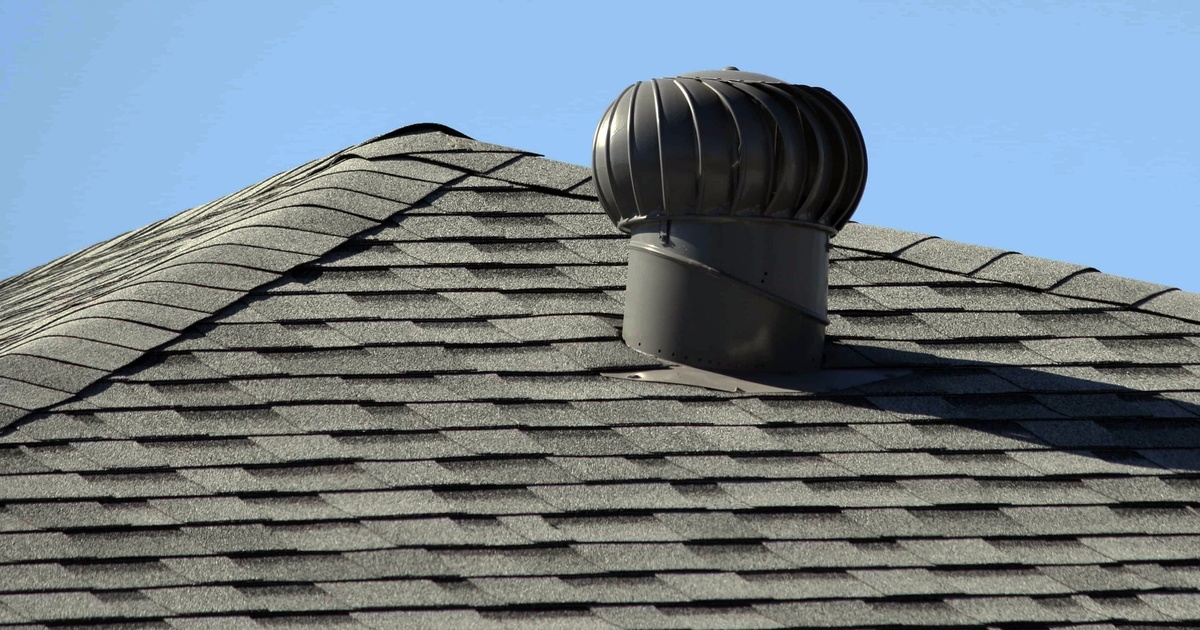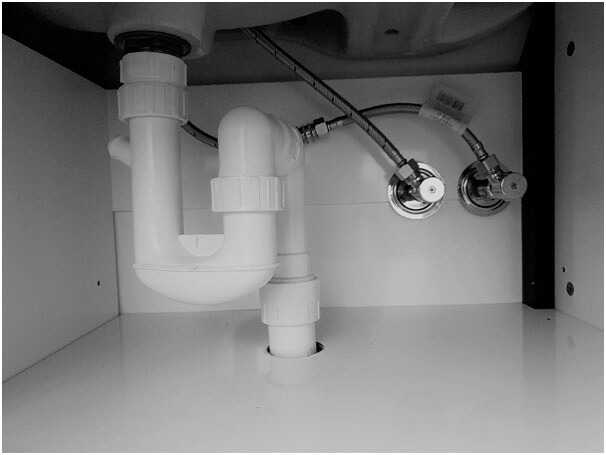The Way Adequate Ventilation Safeguards Your Plumbing System
The Way Adequate Ventilation Safeguards Your Plumbing System
Blog Article
Everybody maintains their personal theory with regards to What Is a Plumbing Vent and Why Is It Important.

Appropriate air flow in pipes systems is frequently neglected, yet it is important for keeping the capability and safety of your home's pipes. Air flow assists manage air pressure, prevent the buildup of unsafe gases, and make sure the reliable removal of waste. In this overview, we will explore the relevance of appropriate plumbing air flow, just how it works, and the benefits it gives your plumbing system.
Understanding Air Flow in Plumbing
Ventilation in pipes describes the network of pipelines that permit air to flow via the drainage system. These vents serve numerous purposes, including regulating air pressure within the pipelines, avoiding sewer gases from getting in the home, and aiding in the smooth circulation of wastewater.
Just How Air Flow Works in Pipes Systems
Air Pressure Policy
Appropriate air flow maintains balanced atmospheric pressure within the plumbing system. When water flows through pipes, it displaces air. Without appropriate ventilation, this displacement can create adverse pressure, causing reduce drains pipes or siphoning of water from traps, which can create unpleasant smells to leak into the home.
Stopping Sewage System Gas Buildup
Among the most crucial functions of pipes vents is to prevent drain gases, such as methane and hydrogen sulfide, from accumulating within the home. These gases can position serious wellness risks and are highly flammable. Vent pipes permit these gases to leave safely outside.
Helping in Waste Elimination
Ventilation assists in the efficient removal of wastewater by avoiding airlocks in the drainage system. When air can flow openly through the vents, it permits water and waste to move efficiently with the pipelines, decreasing the danger of obstructions and backups.
Types of Plumbing Vents
Key Stack Vent
The main pile vent, additionally called the vent pile, is the primary air vent in a plumbing system. It extends from the major drainpipe align via the roofing, enabling gases to run away and fresh air to get in the system.
Branch Vent
Branch vents link to the main pile vent and offer specific components, such as sinks, toilets, and showers. These vents make sure that each fixture has ample air flow to work effectively.
Air Admittance Shutoff (AAV).
An Air Admittance Valve (AAV) is a one-way shutoff that allows air to enter the pipes system without the need for a conventional air vent pipe expanding through the roofing. AAVs are typically made use of in restorations or locations where installing a typical vent is not practical.
Signs of Poor Ventilation in Plumbing.
Slow Draining Fixtures.
If your sinks, tubs, or bathrooms are draining slowly, it could be an indication of inadequate air flow. Inadequate air circulation can create a vacuum effect, making it difficult for water to drain properly.
Gurgling Sounds.
Gurgling sounds coming from drains are typically a result of air being drawn through water catches as a result of unfavorable pressure in the pipes. This is a clear indicator of inadequate ventilation.
Unpleasant Smells.
Drain odors inside your home are a red flag that your plumbing system is not properly aerated. This might imply that drain gases are not being effectively aired vent outside, resulting in potentially unsafe problems.
Usual Air Flow Errors.
Inadequate Vent Sizing.
Utilizing small vent pipelines can lead to inadequate air flow and pressure imbalances in the system. It's important to use vents that satisfy the details demands of your pipes system.
Improper Vent Positioning.
Positioning vents too much from the fixtures they offer can reduce their efficiency. Correct positioning makes certain that air can move easily and efficiently with the system.
Ignoring Code Demands.
Building regulations offer details standards for plumbing air flow. Disregarding these codes can result in a system that stops working to operate properly and may lead to pricey repair services or carcinogen.
Advantages of Proper Air Flow.
Boosted System Efficiency.
Appropriately ventilated pipes systems run more efficiently, with less clogs, faster draining, and much less stress on the pipelines. This performance expands the life-span of the pipes system.
Improved Air Quality.
By avoiding sewer gases from entering your home, appropriate ventilation contributes to much better interior air top quality, making your living setting healthier and much more comfy.
Preventing Water Damage.
Appropriate air flow helps prevent water from being siphoned out of traps, which can cause sewer gases getting in the home and causing water damages with time.
Actions to Guarantee Correct Air Flow.
Consulting Plumbing Codes.
Always get in touch with neighborhood plumbing codes when creating or modifying your plumbing system. These codes offer the necessary standards for appropriate airing vent and ensure your system satisfies security requirements.
Routine Examination and Upkeep.
Normal inspections can help determine prospective air flow concerns prior to they end up being major issues. Maintenance tasks, such as cleansing air vent pipes and looking for clogs, are crucial for keeping the system in good working order.
Expert Installation.
For new installations or major alterations, it's important to work with a specialist plumber. They have the proficiency to guarantee the air flow system is properly made and installed according to code.
Verdict.
Proper ventilation is a crucial element of any type of pipes system, making certain that it functions efficiently and securely. By recognizing the relevance of air flow, recognizing the indicators of inadequate air flow, and taking steps to maintain your system, you can protect against pricey concerns and secure your home's air quality.
What is a Plumbing Vent and it's used for?All plumbing systems in residential and commercials construction have a plumbing vent. It doesn’t just vent unwanted odors from the drainage system to the outside; it actually serves an important purpose by supplying air to the system.
The plumbing drainage system is actually called a drainage, waste and vent (DWV) system. When water flows down the piping, an air supply (vent) is needed to allow the water to flow. Think of the vertical pipe as a drinking straw. If you plug the top end of a straw, liquid won’t drain from it.
The DWV system in your building consists of a series of pipes connected to each fixture; they extend above each fixture, and the system terminates at an open pipe that extends through the roof. This piping allows air into the system and prevents unbalanced pressures in the piping.
?The vent also prevents the system from drawing water out of a trap at the fixture with the characteristic “glug-glug-glug” as the drain gasps for air. Plumbing traps should drain smoothly and never “glug” or gasp for air.
If you have a drain that empties slowly or gurgles as it drains, this may indicate a venting problem. If you flush a toilet and the sink gurgles, there’s definitely a vent problem. It is good idea to have a Plumber check this.
https://www.ameliashomeinspection.com/blog/what-is-a-plumbing-vent-and-its-used-for

I came across that article on What Are Plumbing Vents and Why Are They Important? while browsing the web. Sharing is nice. You won't know, you might be doing someone a favor. I take joy in reading our article about .
Request Estimate Report this page